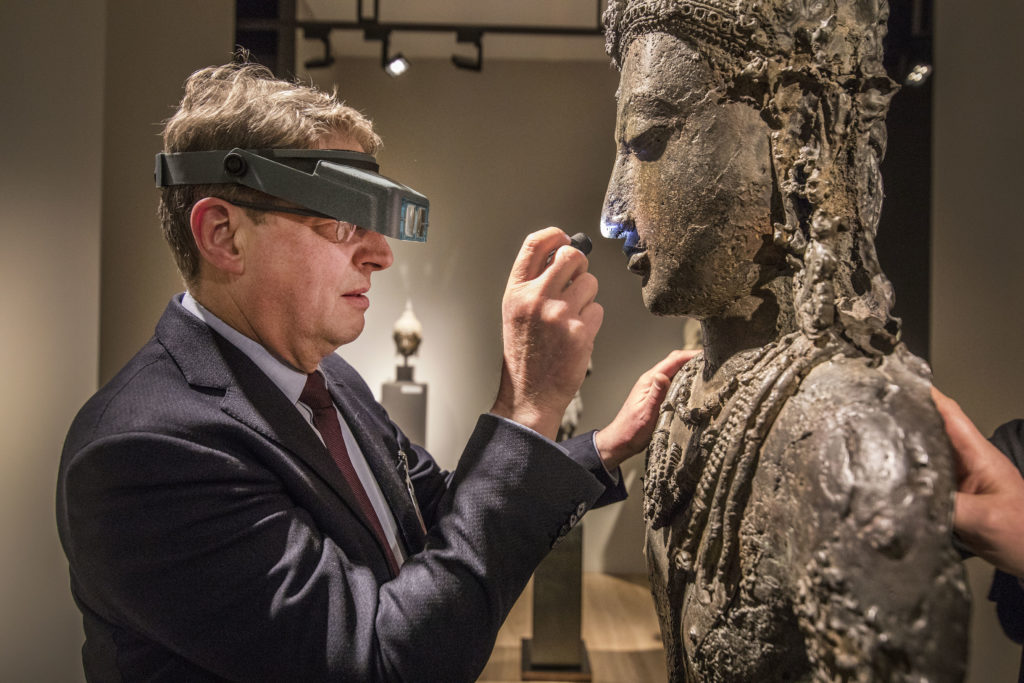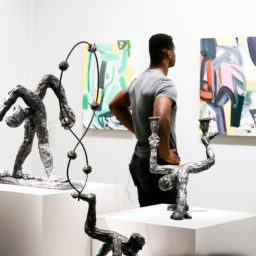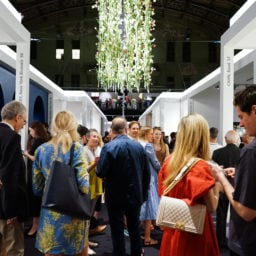Who says the world of Old Masters is sleepy?
Sure, contemporary art specialists may appear to have the more jet-set life, squeezing in studio visits between star-studded dinners, big biennials and the merry-go-round of art fairs. By comparison, the work of an Old Master dealer is quieter—but no less action-packed.
Old Master experts may not be talent-hunting at MFA graduate exhibitions, but they are making new discoveries—by scouring archives, visiting private apartments, townhouses and châteaux and examining objects with increasingly sophisticated technology. The stakes are high: Often, new research and attribution can boost the price of an object considerably.
At the European Fine Art Fair (TEFAF) in Maastricht, which opened to VIPs on Thursday, March 8, a number of works that have benefited from this kind of art-historical sleuthing are on view at a variety of price points.
On the higher end of the price spectrum, Agnews Gallery of London is presenting Adoration of the Magi by the early Baroque painter Giulio Cesare Procaccini for €1.5 million. Cliff Schorer, the collector and American backer of Agnews, found it in the Madrid apartment of the descendants of the original commissioner in 2015. Another painting from the series from his collection is currently on loan to the Worcester Art Museum.
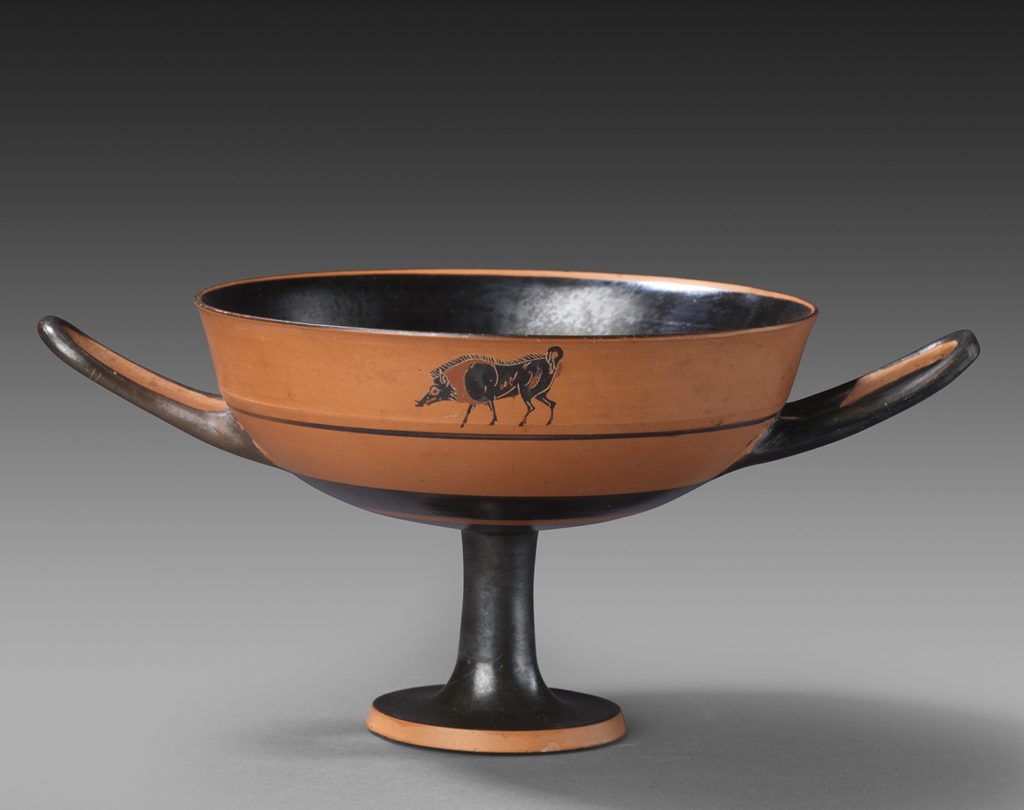
The Little Master Cup, courtesy of Rupert Wace Ancient Art, 2018.
London’s Rupert Wace Ancient Art is offering a Greek terracotta drinking cup from 540–530 BC that was only recently attributed to an artist known as the Centaur Painter for €35,000. (The Met has a similar one.)
Here’s the backstory to three more new discoveries presented at TEFAF in Maastricht, the Netherlands, which range from a rare painting by the Italian sculptor Canova to an eye-popping 17th century boxwood relief.
Antonio Canova’s Self Portrait of Giorgione (1792)
Galleria Antonacci Lapiccirella, Rome
Price: €400,000–800,000
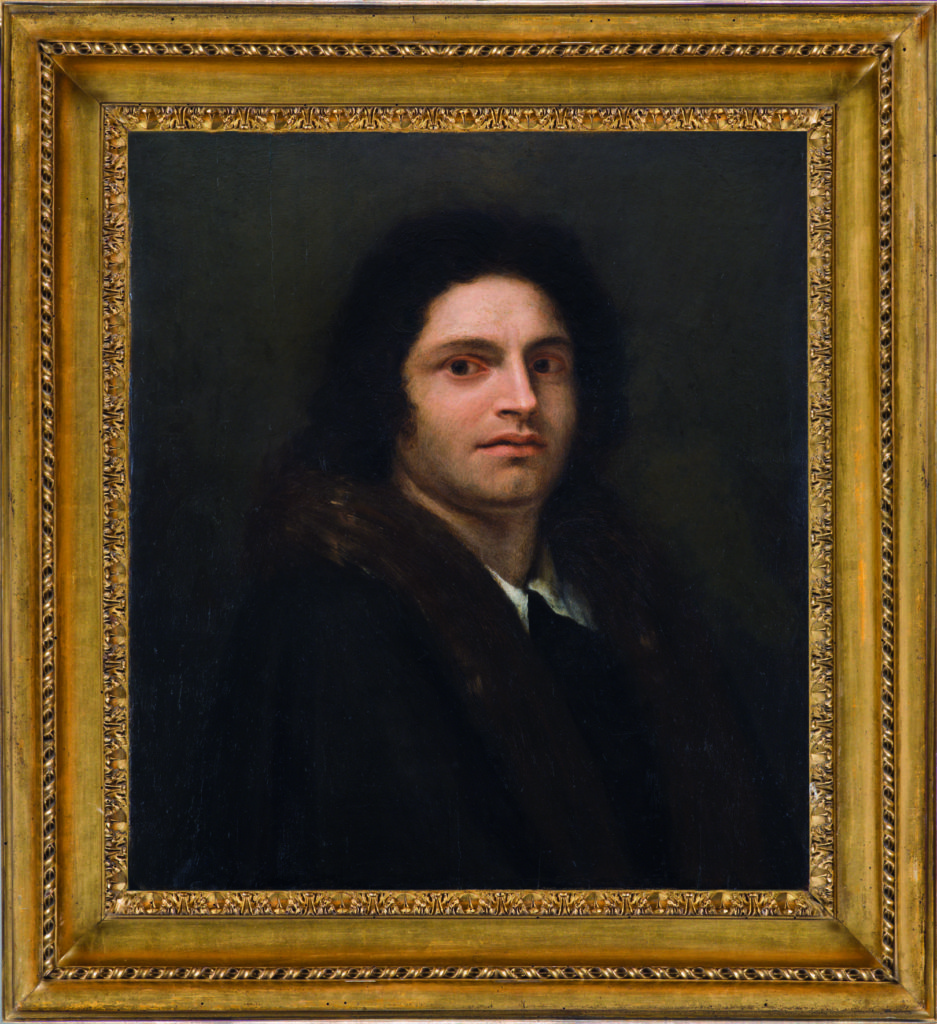
Antonio Canova’s Self Portrait of Giorgione (1792). Courtesy of the Galleria Antonacci Lapiccirella Fine Art.
This painting, which has never been offered before and is believed to be the only Canova painting currently on the market, started out as a practical joke.
The celebrated sculptor wanted to prove his mettle as a painter. More specifically, he wanted to see if he could fool his peers into believing that one of his paintings was actually the work of the high Renaissance master Giorgione. After examining other self-portraits by the Venetian painter, Canova created this painting. (Ever the stickler for detail, he painted it over a 16th-century wood panel painting of the Madonna and Child that was made closer to Giorgione’s lifetime.)
The buyer, a Roman Senator, was in on the plot. He invited some of the greatest artists in Rome to dine at his home and admire the painting as an original Giorgione (which, to Canova’s delight, they did). “Between Venice and Rome in those days, they had a sense of humor—it’s just now that we don’t have one,” says the dealer Damiano Lapiccirella.
Though the story of this self-portrait is included in many accounts of Canova’s life, the location of the work was unknown until recently. Lapiccirella bought it from the same family that had owned it for 150 years. “The seller didn’t know it was a Canova—we bought it as anonymous,” Lapiccirella told artnet News. He suspected the work might be the fabled self-portrait because the panel was from the 16th century, but the materials were Neoclassical.
The Canova scholar Fernando Mazzocca confirmed the work’s authenticity in part by using an infrared camera to uncover the Madonna and Child painting underneath. Offered in the range of €400,000–€800,000, the price is a considerable hike from the artist’s 2009 auction record for a painting, which stands at a paltry $2,500, according to artnet’s Price Database (though that work was not conclusively by the artist and was offered as that of a follower). Authentic Canova paintings, meanwhile, are extremely rare, and most are in public collections. By the end of the first VIP day, the gallery was in “serious negotiations” with a major US museum, but Canova’s rediscovered painting was still available.
Edvard Munch’s The Scream (1895)
David Tunick, New York
Price: Seven figures (in dollars)
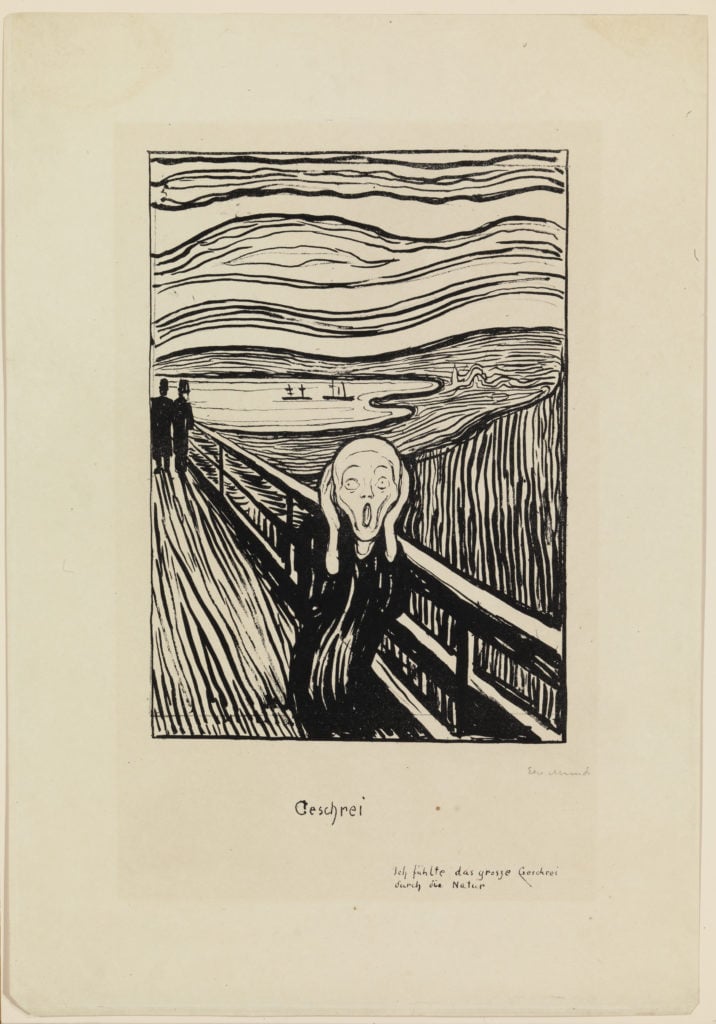
Edvard Munch’s The Scream (1895). Courtesy of David Tunick, Inc.
This lithograph proves that connoisseurship and careful record keeping can pay off—big time.
In 1895, the same year that Munch created the pastel version of The Scream that sold for $120 million at auction in 2012, he made 25 lithographs of the same iconic figure. But not all lithographs are created equally. The most valuable are those from the first state (in lithograph lingo, “first state” means impressions that were made from the original plate or woodblock—think of it as a first edition). Today, around half of the 10 first-state Screams are in museum collections, including the Metropolitan Museum of Art and the Museum of Modern Art (MoMA) in New York.
This version was sold at Sotheby’s for $2.4 million in 2014 and has been in storage ever since. At the time, it was believed to be from the less valuable second state. But after deep digging in catalogues raisonnés and careful examination of similar versions at New York museums, dealer David Tunick was able to confirm that the work is in fact from the coveted first state (and was made even before MoMA’s example).
The work is in better condition than many of the other first-state impressions and boasts a signature. Tunick is offering it on behalf of the 2014 buyer’s estate. During the first VIP day, the work was on hold for a potential buyer—but the client’s flight was delayed due to the weather on the East Coast.
Christ in the Garden of Gethsemane (c. 1660) by the Master of the St Sebastian’s Martyrdoms
Kunstkammer Georg Laue, Munich/London
Price: High six figures (in euros)
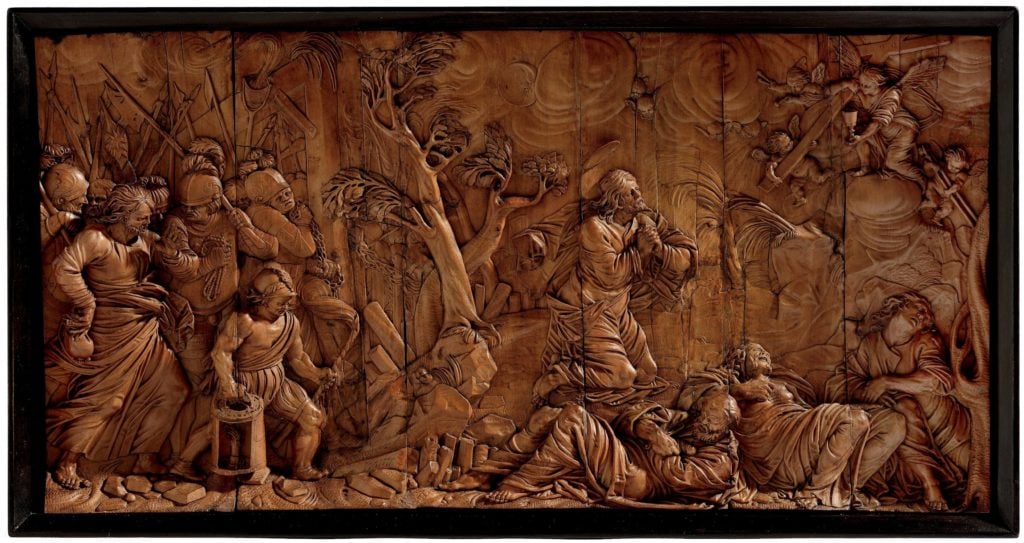
Master of the St Sebastian’s Martyrdoms, Christ in the Garden of Gethsemane (ca. 1660). Courtesy of Kunstkammer Georg Laue.
This boxwood relief may not look like much on your computer screen, but in person, it stops you in your tracks. Just over a foot long, it is carved so deftly that you can see the apostles’ fingernails, each less than half the size of a grain of rice. Their foreheads—no larger than the top of a PEZ dispenser—are wrinkled and twisted in anguish.
The work comes from the collection of the Vienna-based businessman Karl Rutter, who died in 1970. But before TEFAF, it had never been shown publicly, according to the gallery, and the identity of the artist was unknown. After the gallery acquired the work from another dealer in 2016, new research revealed it was the work of the Master of the St Sebastian’s Martyrdoms, who worked for Emperor Ferdinand III in Vienna and was one of the most influential sculptors of small-scale wood and ivory works in the mid-17th century.
Although little is known about the master—he made only 20 recognized works, 17 of which are in public collections—experts were able to find compelling similarities between this one and two ivory reliefs known to be by his hand at the Kunstkammer of the Kunsthistorisches Museum in Vienna and at the Oberösterreichisches Museum in Linz. As of the afternoon during the VIP preview, the work was still available.
